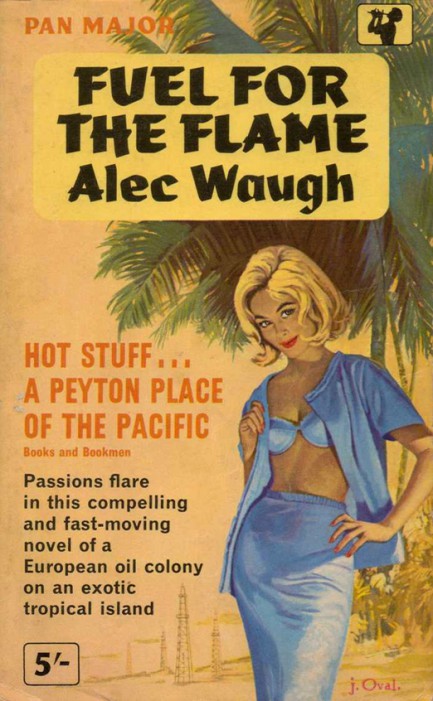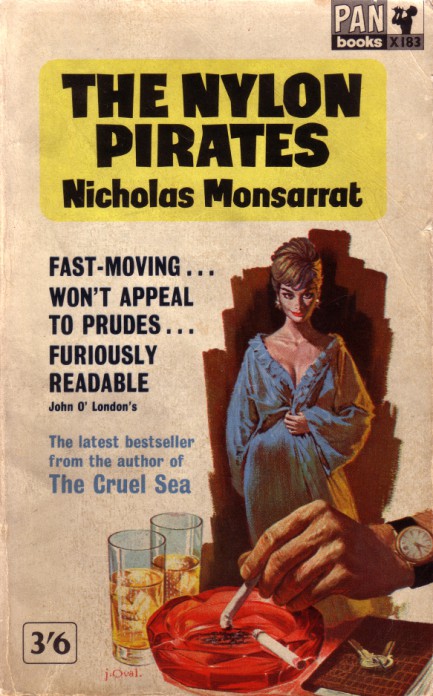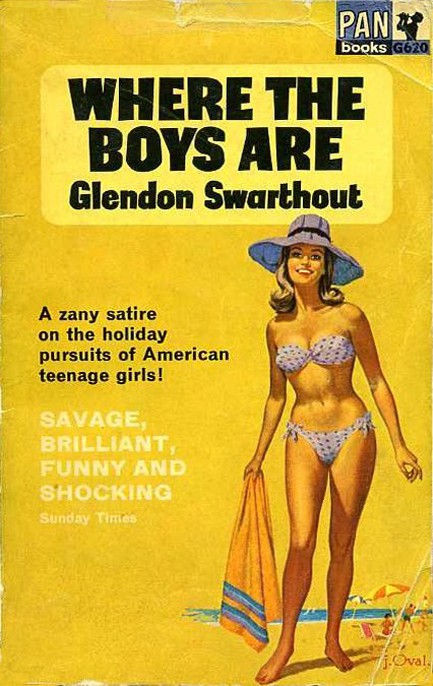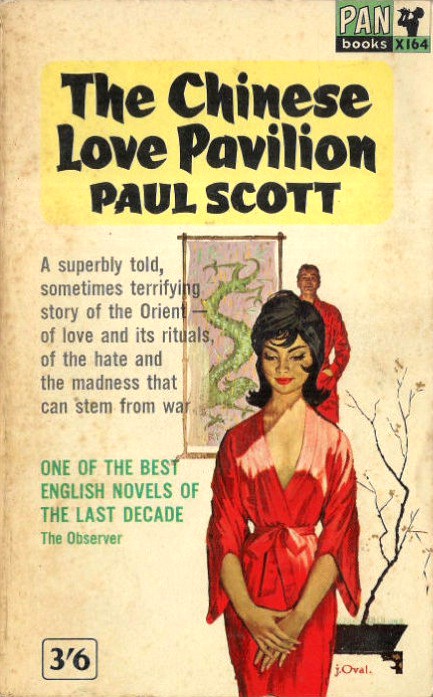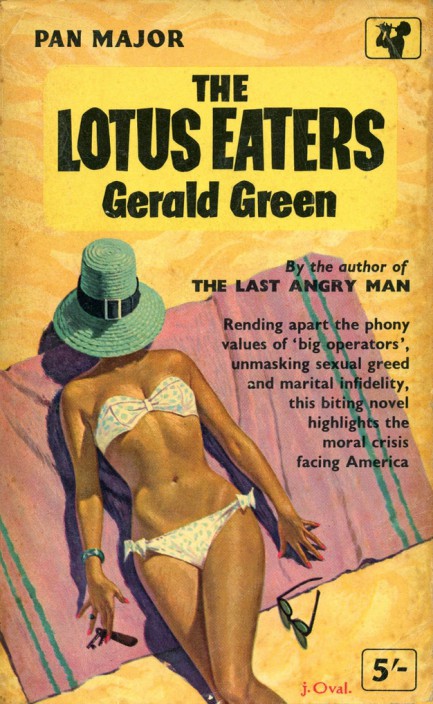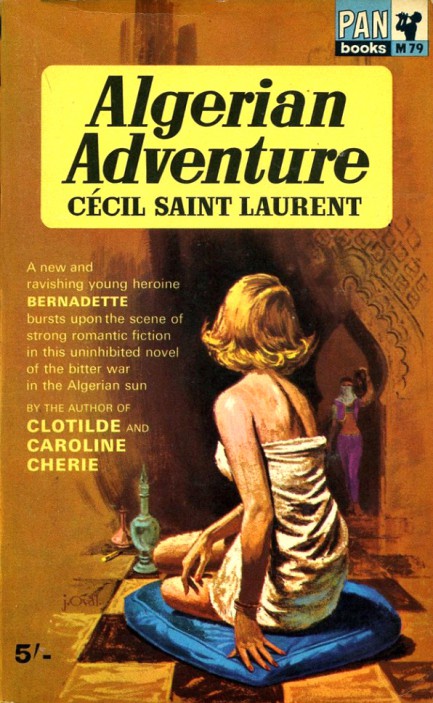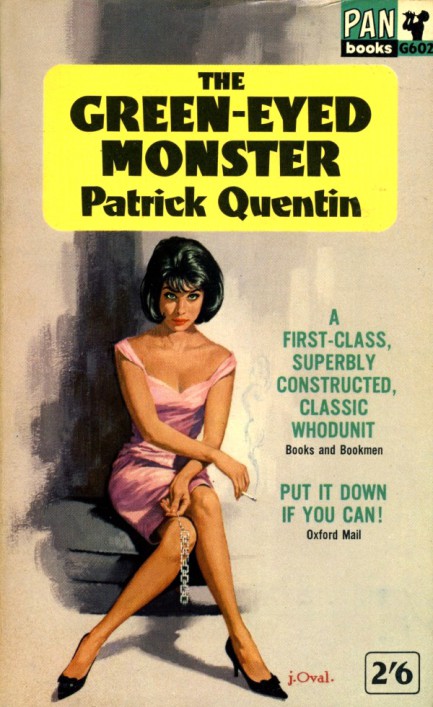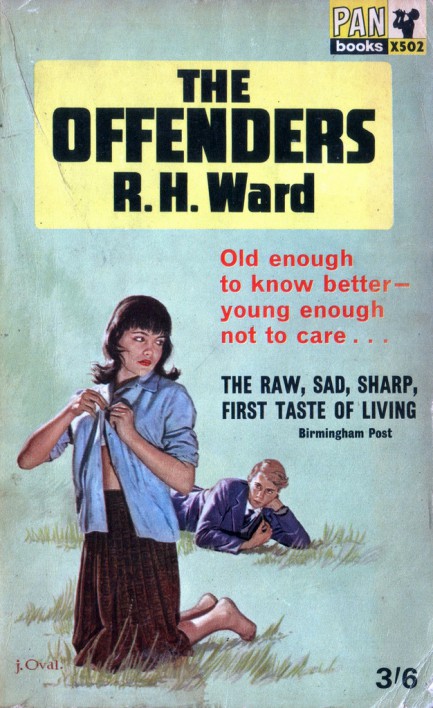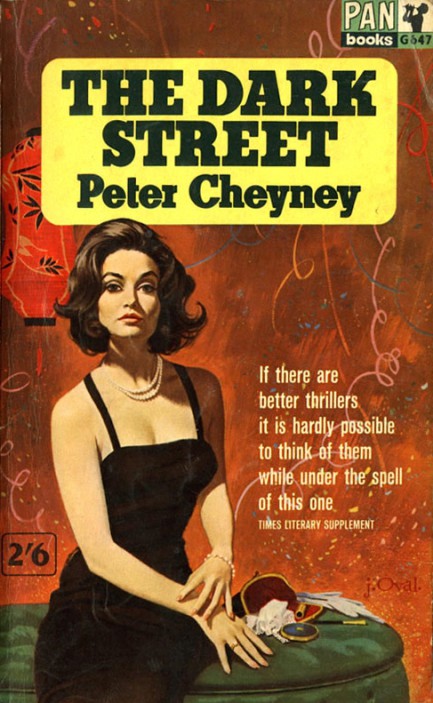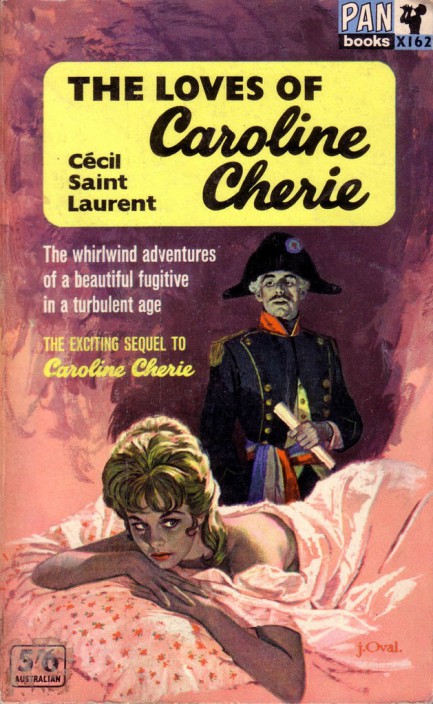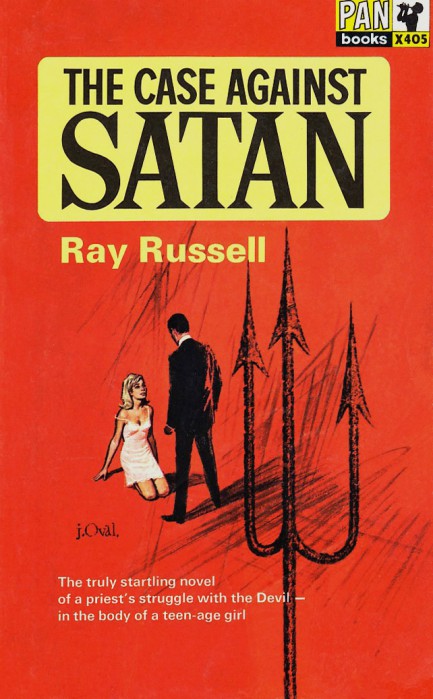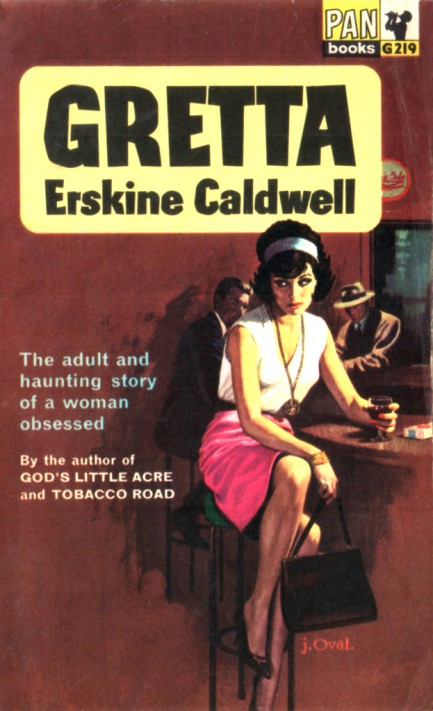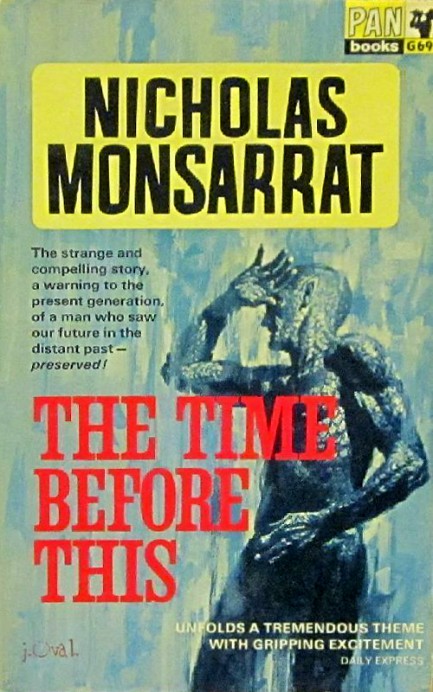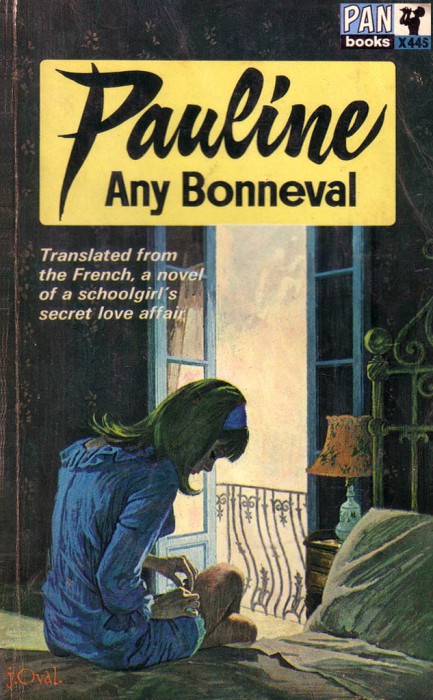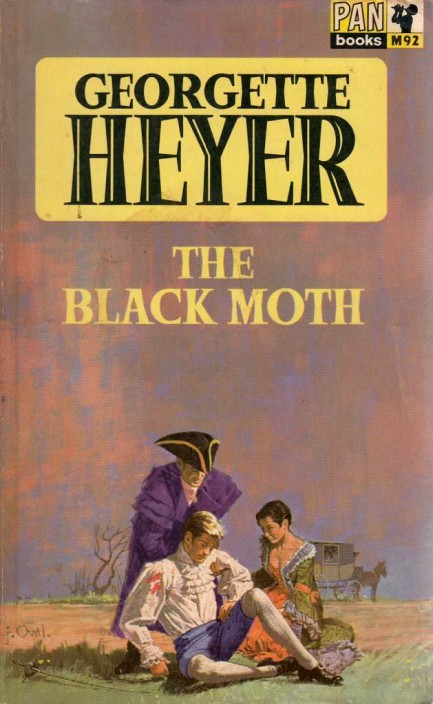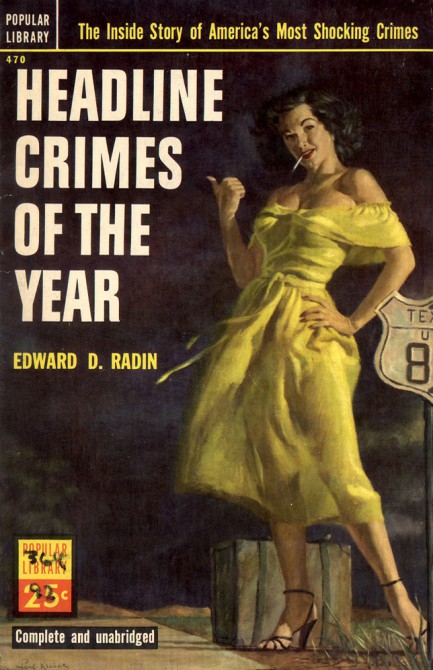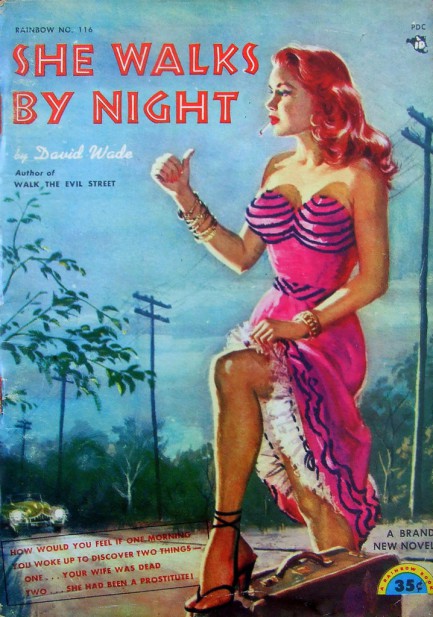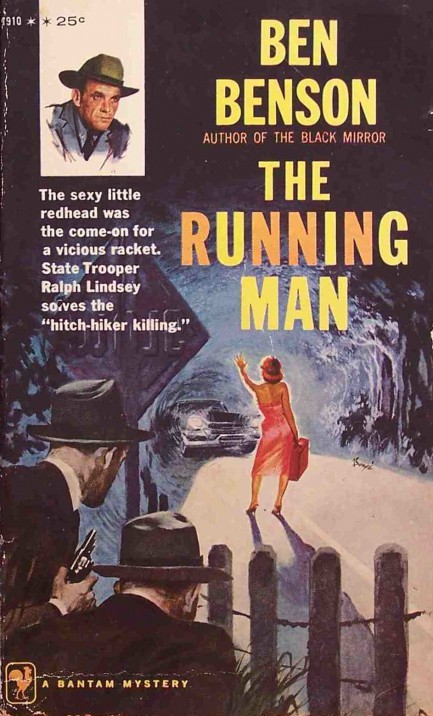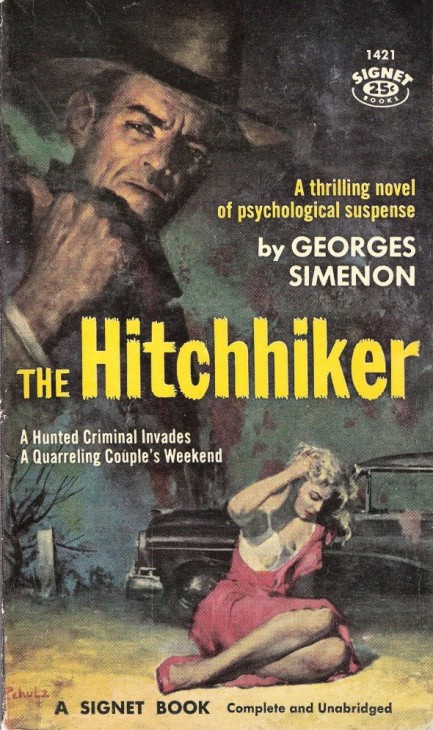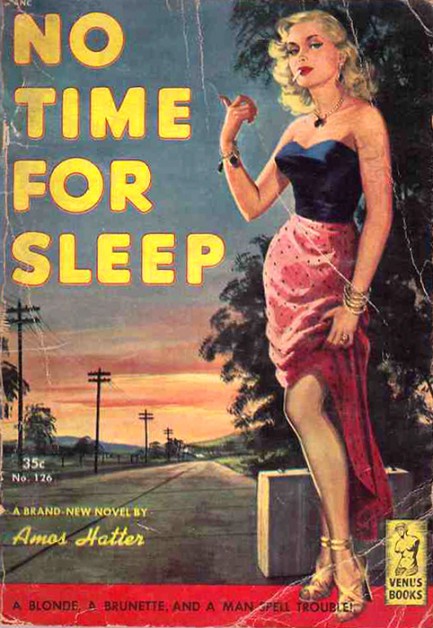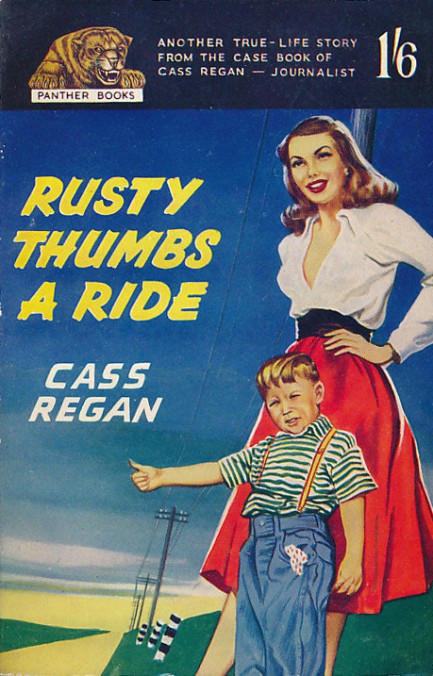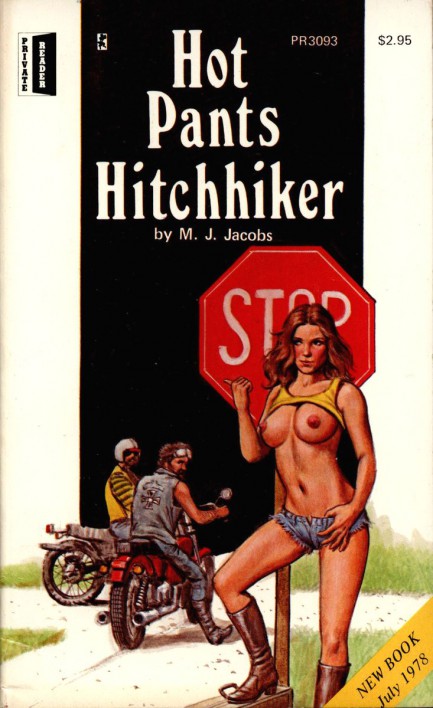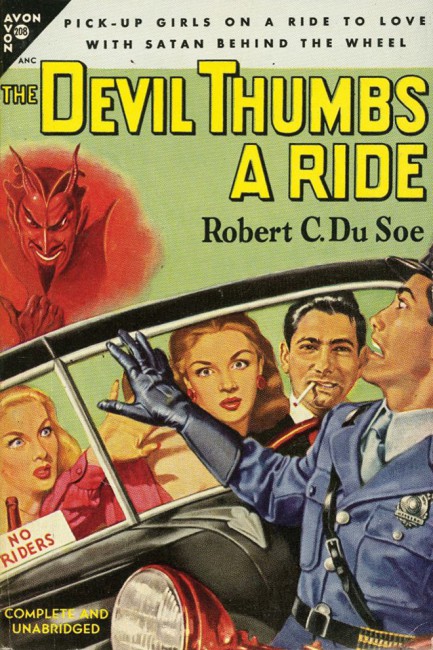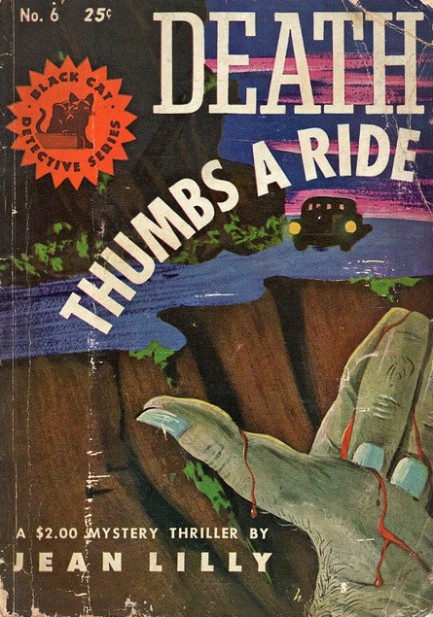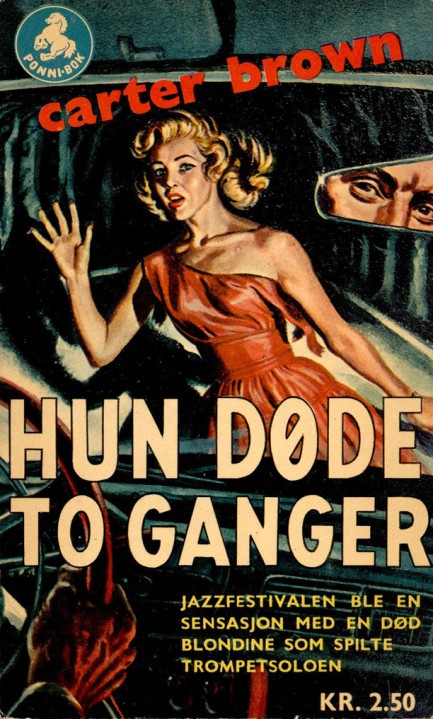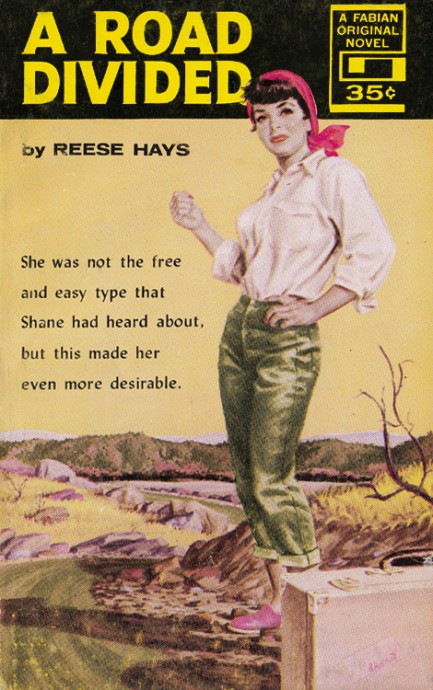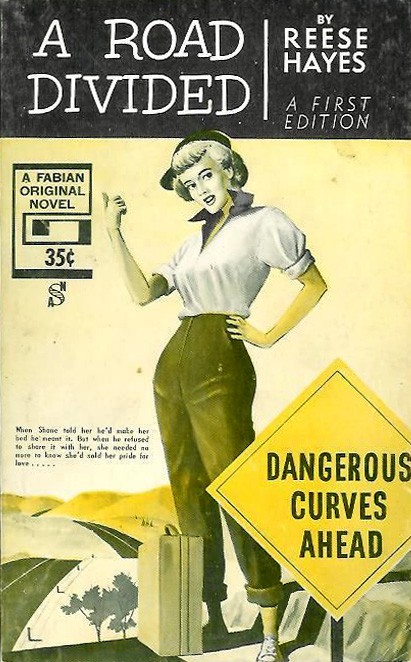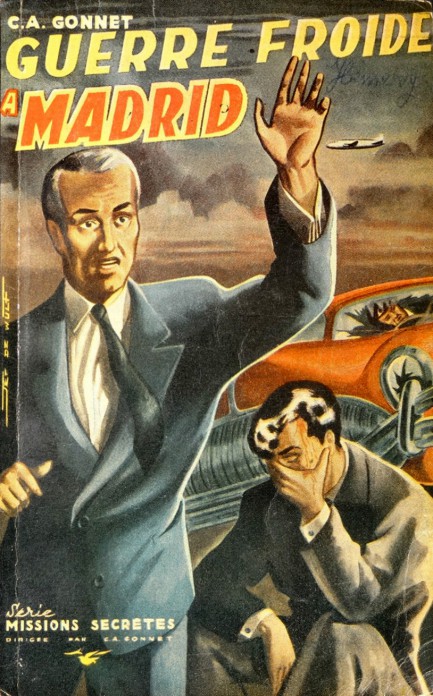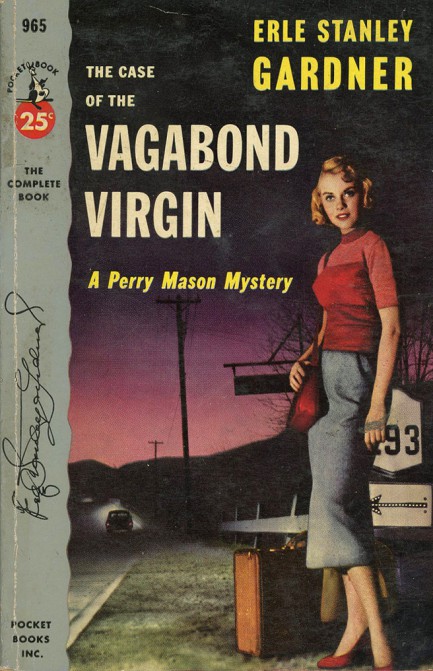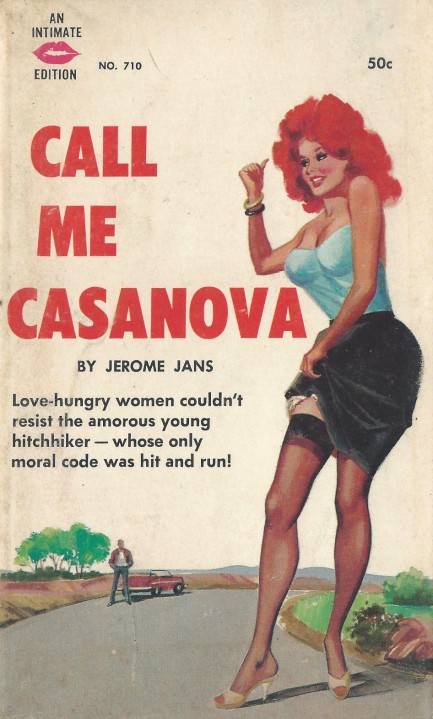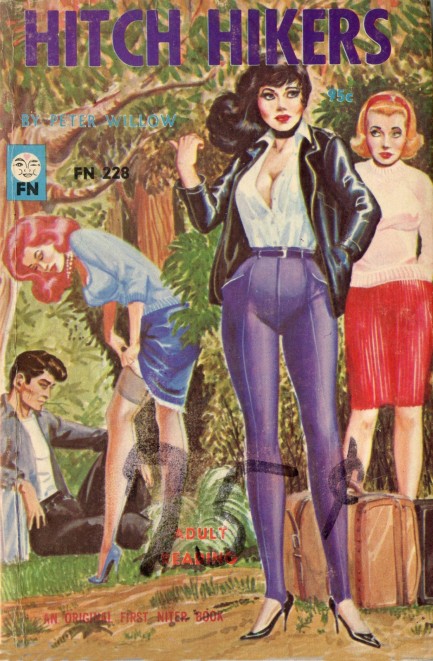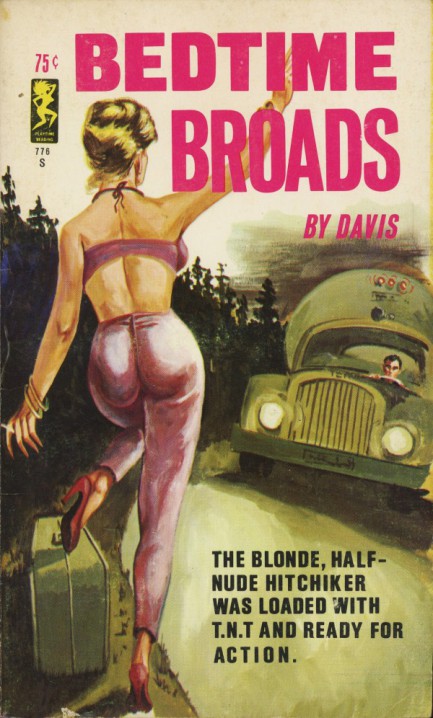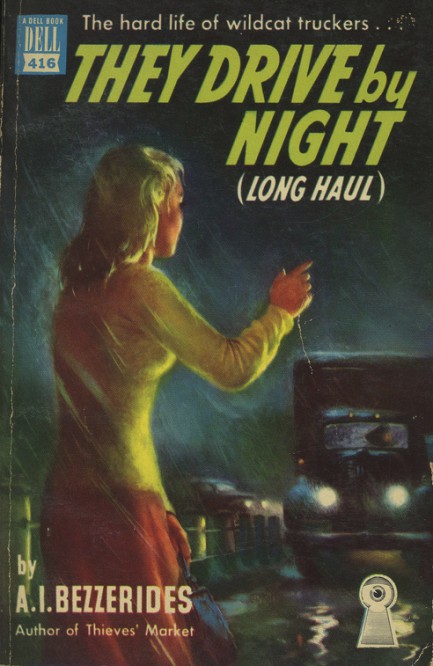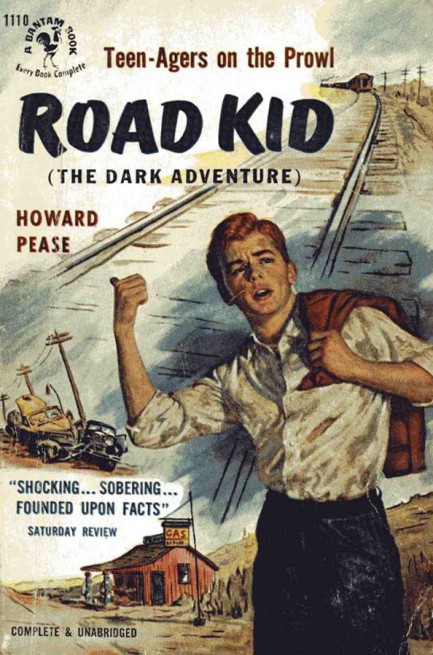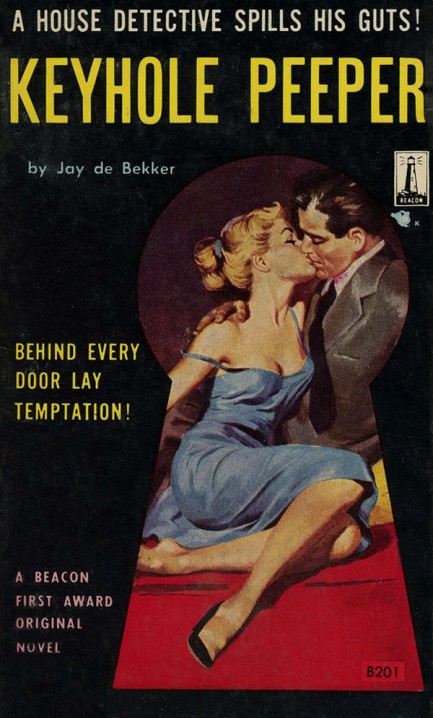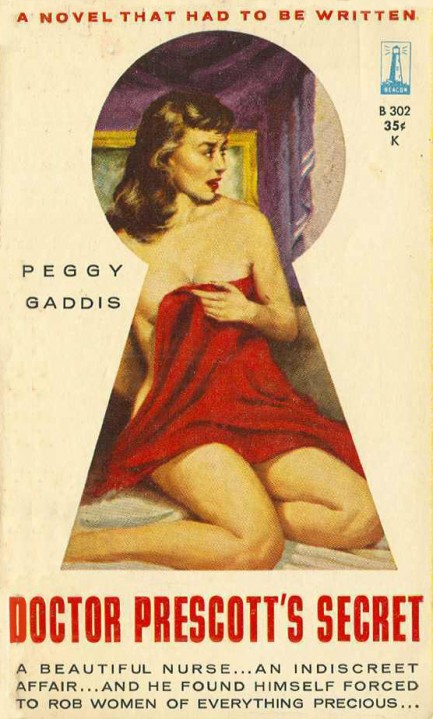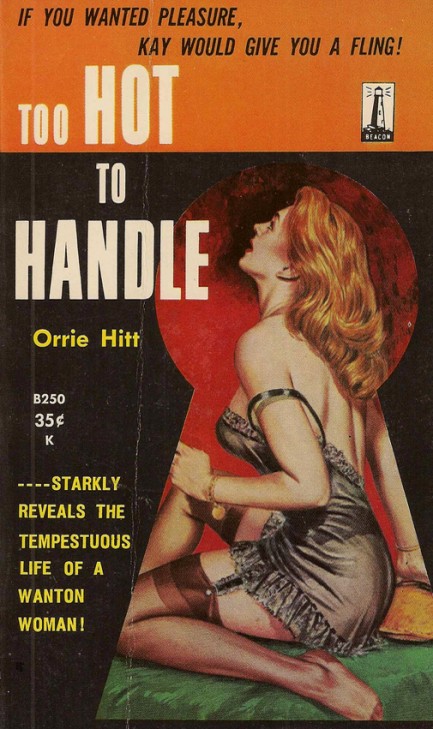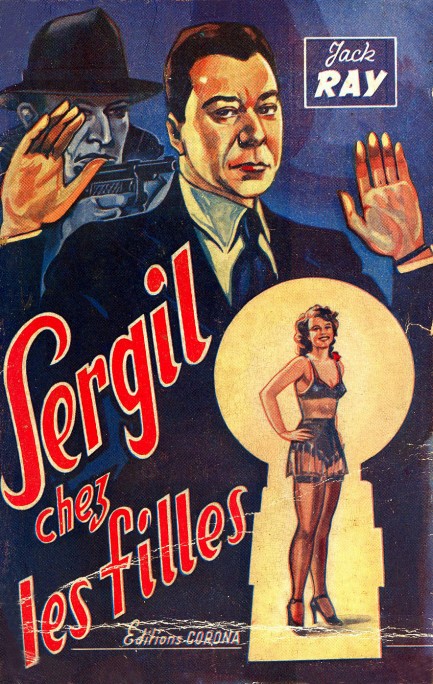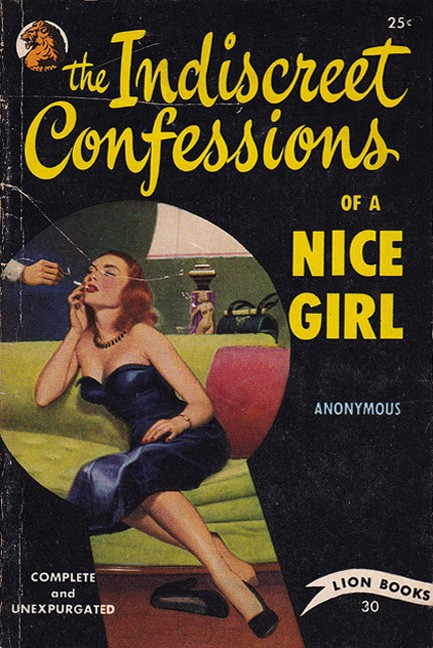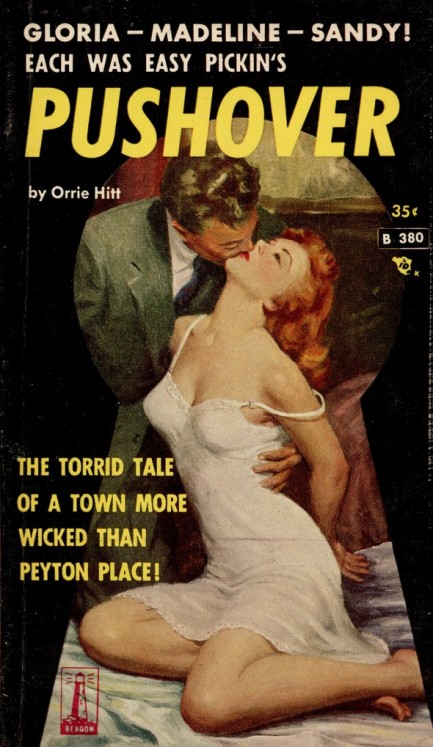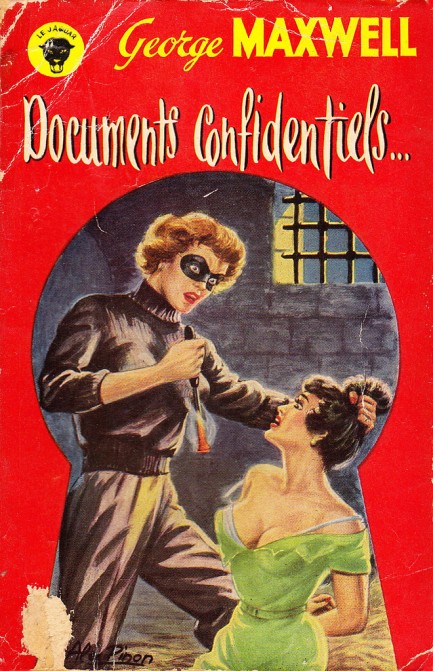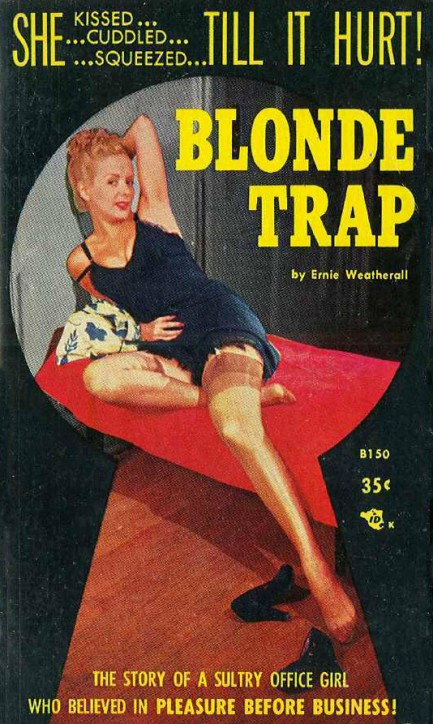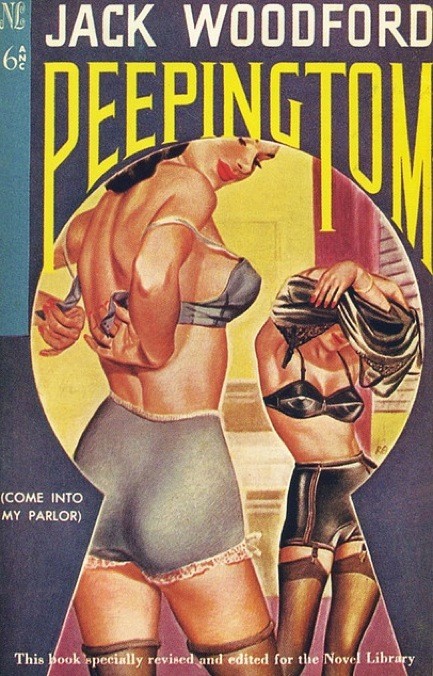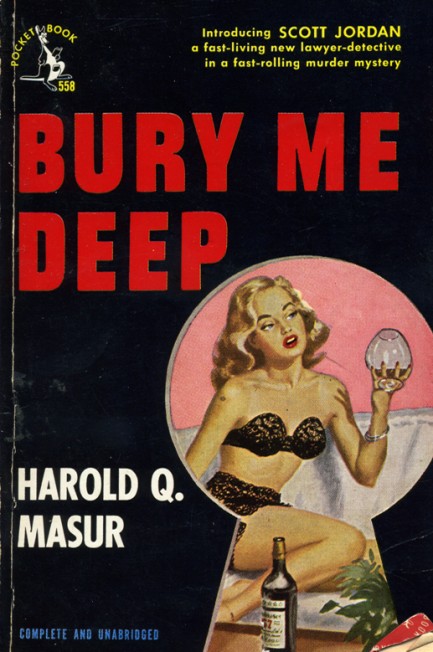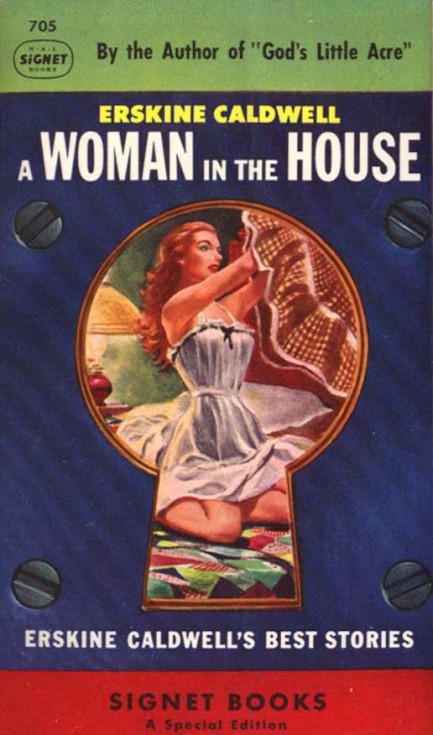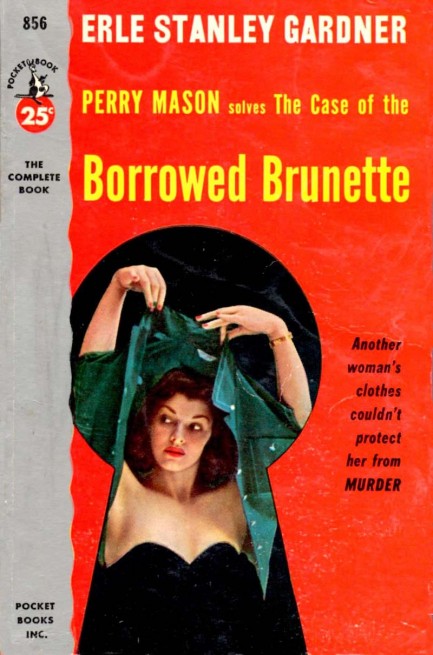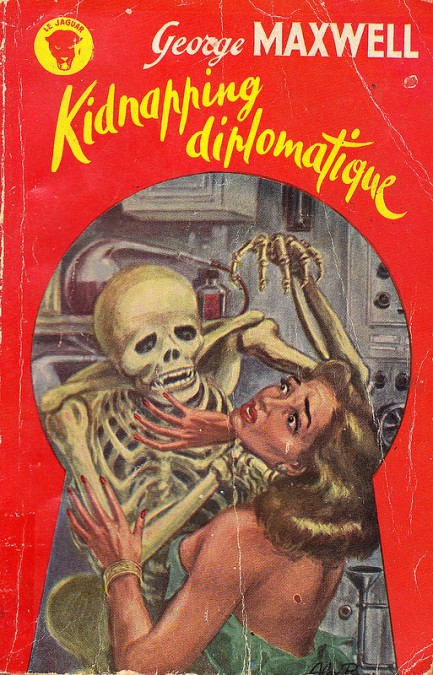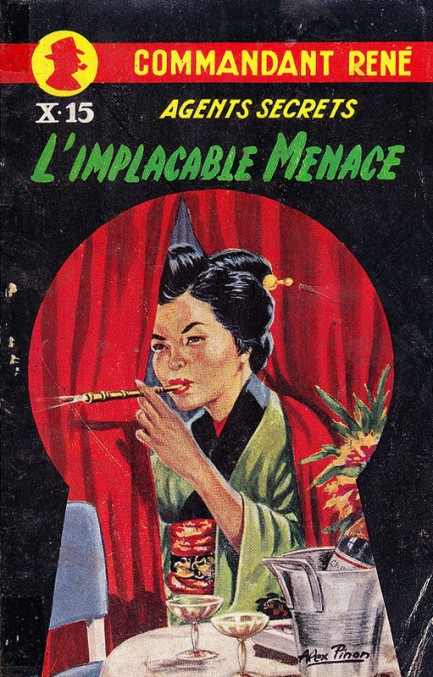 Don't look at me that way, raspberry martini. You know as well as I do you've been responsible for all my problems. 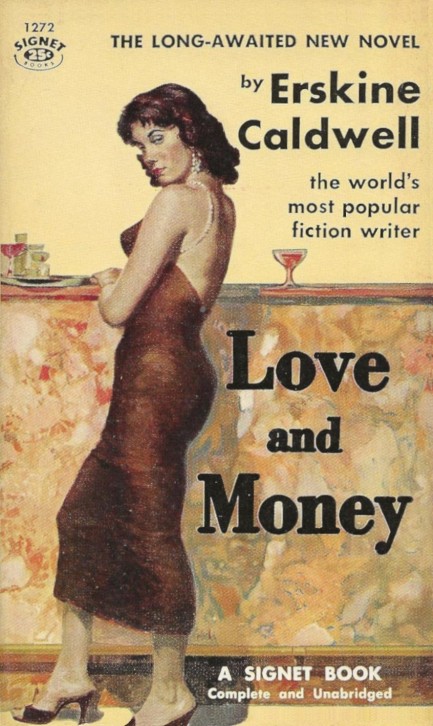
Do you have a friend like this? We bet lots of you do. The woman on Erskine Caldwell's Love and Money looks like she's playing hard to get, but her friend looks like the persuasive sort, so we bet she'll give in. This came from Signet Books in 1956 and the cover was painted by James Avanti. It fits into our ever growing women-in-bars collection.
 Um, Georgia Boy—see if you can put down that unrest you've got happening down around Savannah. 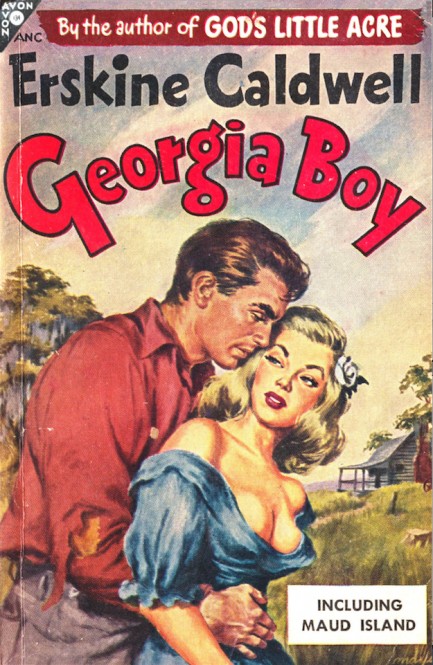
George Mayers does the cover work for the Erskine Caldwell short story collection Georgia Boy, which first appeared in 1943, and in this Avon paperback edition in 1947. While it's a story collection, all the tales are narrated by one young character and mainly discuss the poor Stroup family and their friends, acquaintances, and neighbors. This is Caldwell in a more humorous mode than normal, but the underlying themes of his work—particularly poverty and racism—remain, as in the tale "Handsome Brown's Day Off," in which a black character becomes a living target at a carnival.
We recently encountered this phenomenon in a Jim Thompson novel, and what we thought, or at least hoped, was a case of literary flourish was actual reality—in the Jim Crow south white carnival goers paid to throw baseballs at black men's heads. The balls were generally of a novelty variety, which is to say heavy enough to fly straight, though not hard enough to be lethal, but still. Making the tableau even more horrific was the requirement that the target stick his head through a hole in a jungle backdrop and that he grin and mug for the assembled whites as he tried to dodge the baseballs.
We checked it out in other sources and confirmed the prevalence of this barbaric practice. We also found that carnivals in northern states did it too, though it was far more common down south. Apparently the big fun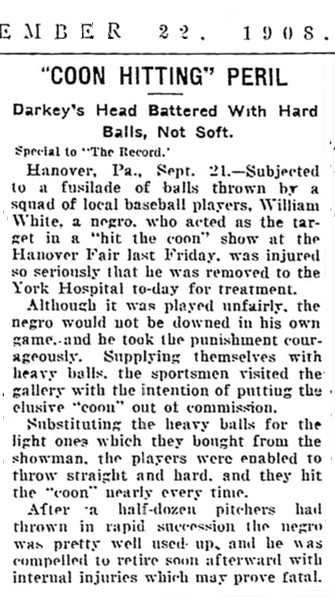 with these spectacles occurred whenever some college or professional pitcher showed up and thrilled the crowd by nailing these poor guys' heads at high velocity. with these spectacles occurred whenever some college or professional pitcher showed up and thrilled the crowd by nailing these poor guys' heads at high velocity. We found a 1908 article, which you see at right, about a group of pro baseball players who substituted normal baseballs for novelty ones and repeatedly beaned a man, putting him in the hospital, where it was feared he might not survive. The target was said to have taken the punishment “courageously,” and of course there was no suggestion of charges being filed.
We also found two other mentions of “African dodgers”—the gentlest term used to describe them—being killed. Things like these need to be remembered, especially in light of today's cultural battles wherein a segment of people seek to propagate a myth of the south as misunderstood. But literature, besides its other value, is often useful for preserving history, as Erskine Caldwell shows. That said, in Georgia Boy we preferred the stories about sex and we have a feeling you will too.
 Harder! Harder! Hit it like you're beating a refund out of that barber you went to! 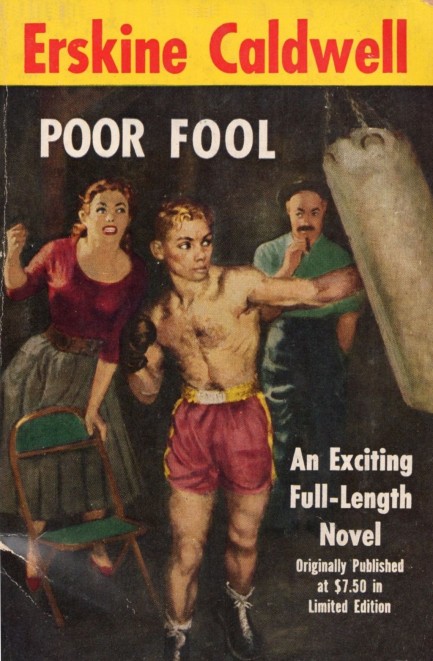
First published in 1930, the above paperback edition of Poor Fool appeared in 1953 from New York City based Novel Selections. It was Erskine Caldwell's second novel, and bears the Caldwell hallmarks—southern milieu, senseless violence, crime, betrayal, prostitution, etc. The poor fool of the title is Blondy Niles, a mediocre boxer who gets involved in a moneymaking scam that goes terribly wrong. Probably the most notable aspect of the book is the character Mrs. Boxx, who's one of Caldwell's most vicious villains—and that's really saying something. The entire story is packed with grim stuff, but of course literature isn't always supposed to be pleasant. We love the cover art on this edition, with its foppish Blondy Niles pounding—well, more like nudging—the heavy bag, but sadly it's uncredited.
 The whole town knew—but was what they knew right? 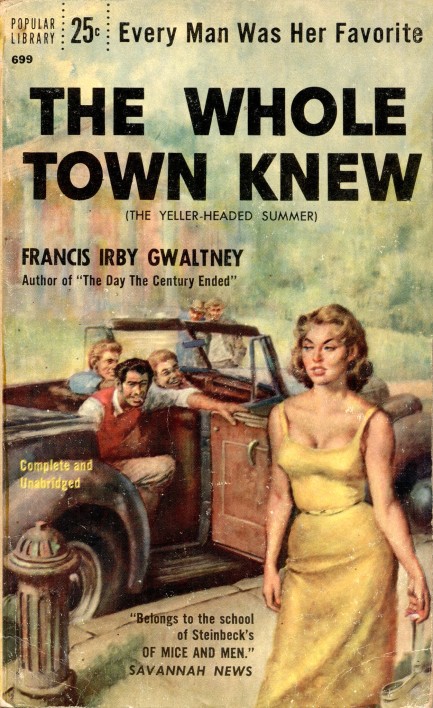
It's amazing how many mid-century authors were compared to Erskine Caldwell, but such was his influence that any pass at southern smalltown loving, feuding, and corruption prompted reviewers to cite him as the king of the genre. Francis Irby Gwaltney's The Whole Town Knew, originally published as The Yeller-Headed Summer, was compared by many to Caldwell. It deals with the rape and murder of a woman, subsequent efforts to find her killer or killers, efforts to keep the details of her free-spirited ways out of court, local newspaper drama, a not-too-bright lawman in way over his head, and more. This lawman is the center of the book, and his problems mount tremendously—starting with the fact that he's supposed to leave influential members of the community alone and stick to policing poor and powerless folk. Art imitates life, right? The town of Walnut Creek was close kin to the burgs from Caldwell's oeuvre, as were the antics of the townspeople, but the book was well reviewed, leading to Irby—actually a protégée of Norman Mailer, whose mentorship was instrumental—becoming very famous for a time. We love the cover art on this 1955 Popular Library edition. It was painted by Ray Johnson, who always does great work, as you can see here and here.
 Sometimes little things make all the difference. 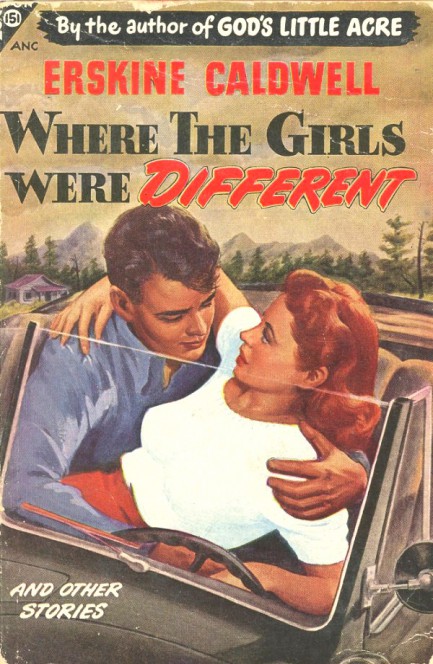
You are really turning me on baby. You know, everyone said you were different, and you do move kinda fast compared to other girls, but I like it, I really— Er… what’s this bulge under your skirt?
|
 |

The headlines that mattered yesteryear.
2003—Hope Dies
Film legend Bob Hope dies of pneumonia two months after celebrating his 100th birthday. 1945—Churchill Given the Sack
In spite of admiring Winston Churchill as a great wartime leader, Britons elect
Clement Attlee the nation's new prime minister in a sweeping victory for the Labour Party over the Conservatives. 1952—Evita Peron Dies
Eva Duarte de Peron, aka Evita, wife of the president of the Argentine Republic, dies from cancer at age 33. Evita had brought the working classes into a position of political power never witnessed before, but was hated by the nation's powerful military class. She is lain to rest in Milan, Italy in a secret grave under a nun's name, but is eventually returned to Argentina for reburial beside her husband in 1974. 1943—Mussolini Calls It Quits
Italian dictator Benito Mussolini steps down as head of the armed forces and the government. It soon becomes clear that Il Duce did not relinquish power voluntarily, but was forced to resign after former Fascist colleagues turned against him. He is later installed by Germany as leader of the Italian Social Republic in the north of the country, but is killed by partisans in 1945.
|

|
|

It's easy. We have an uploader that makes it a snap. Use it to submit your art, text, header, and subhead. Your post can be funny, serious, or anything in between, as long as it's vintage pulp. You'll get a byline and experience the fleeting pride of free authorship. We'll edit your post for typos, but the rest is up to you. Click here to give us your best shot.

|
|



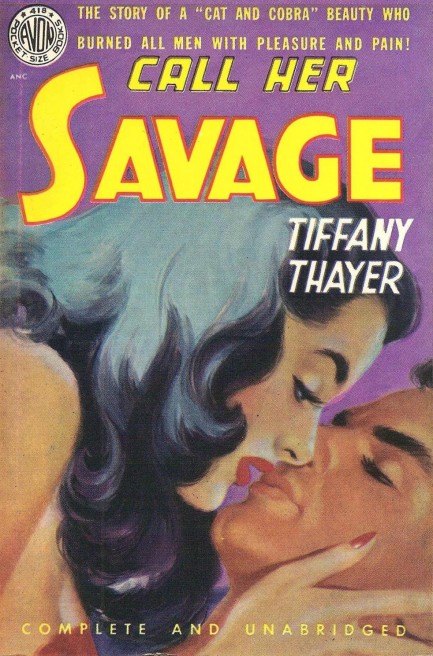
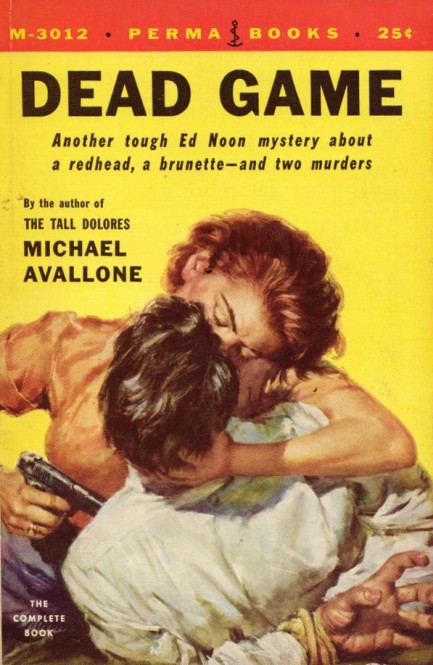
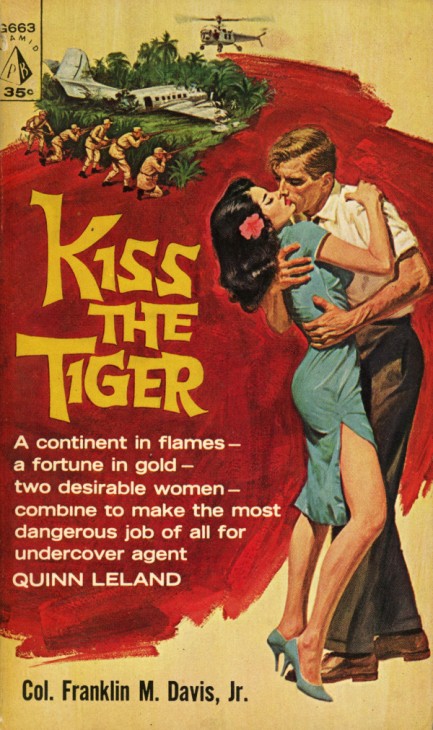

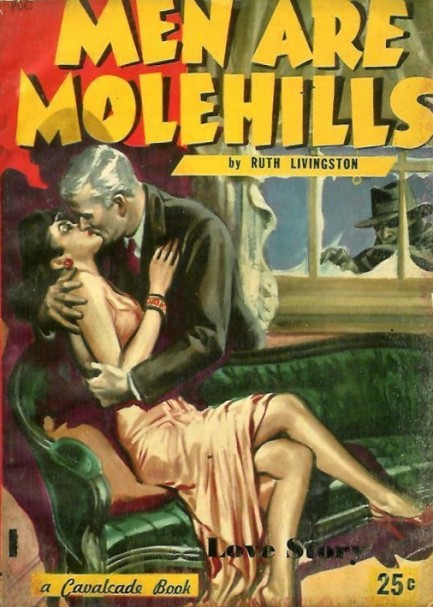
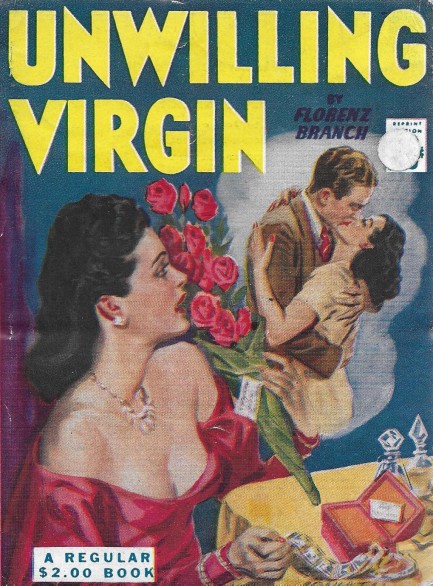
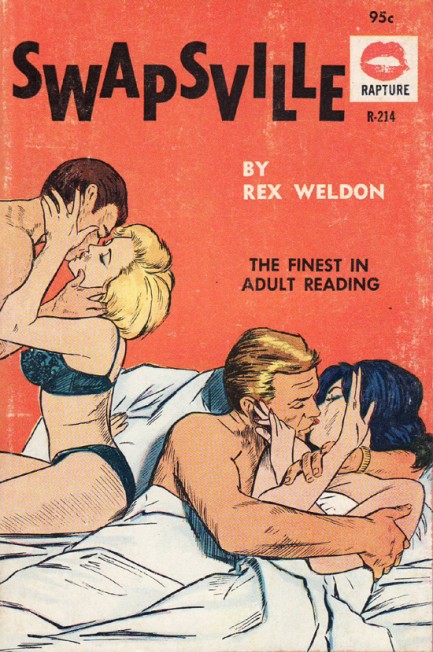
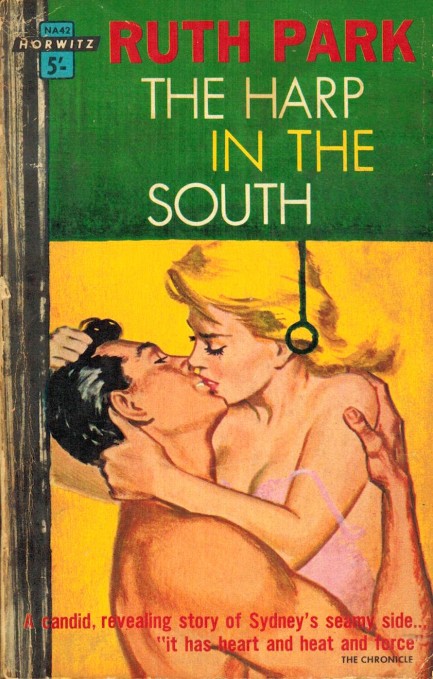
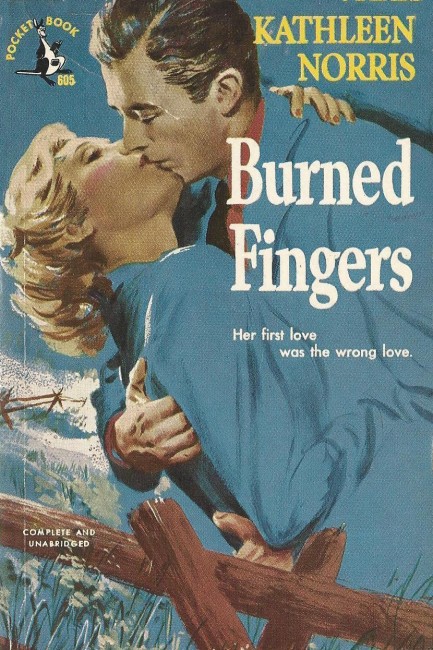
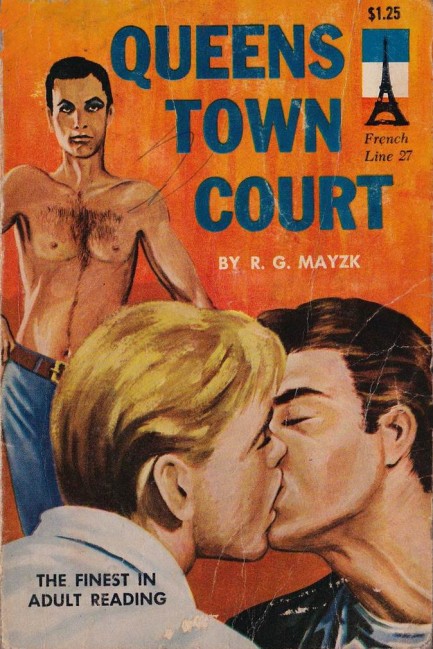
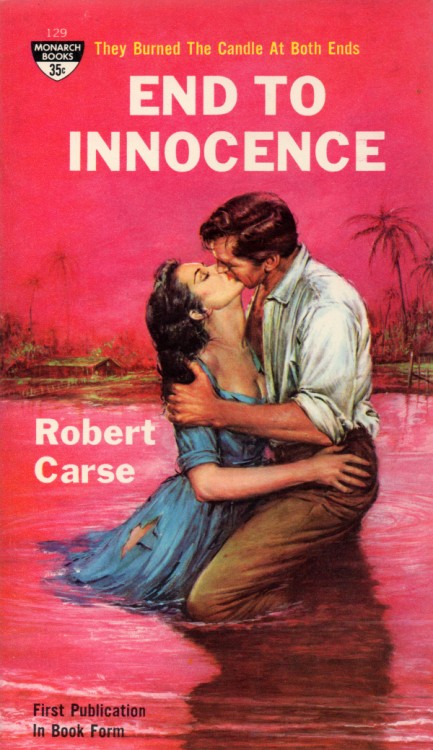
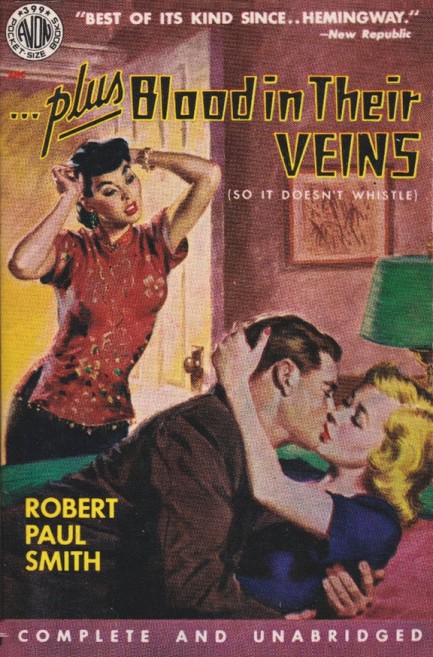
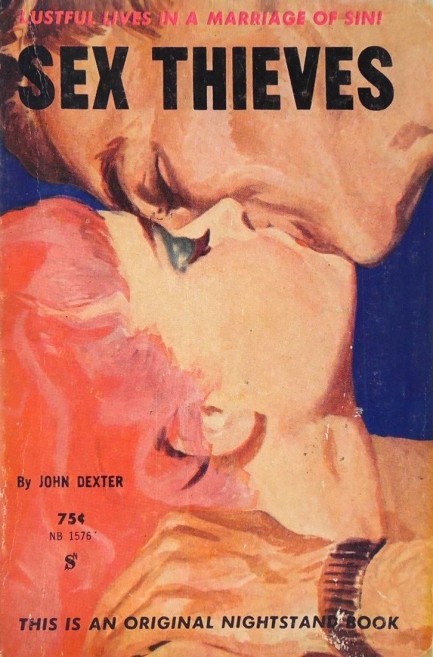
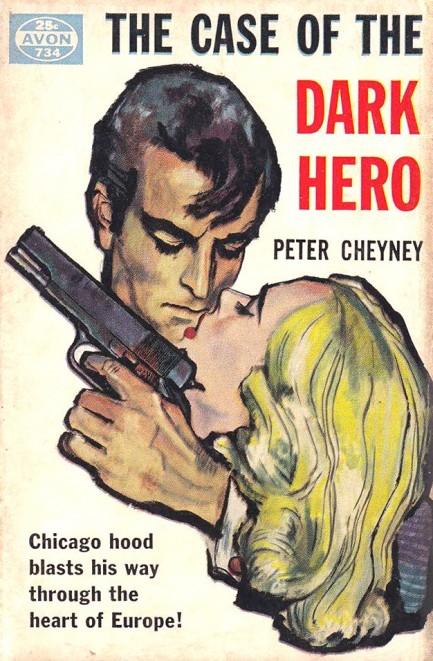
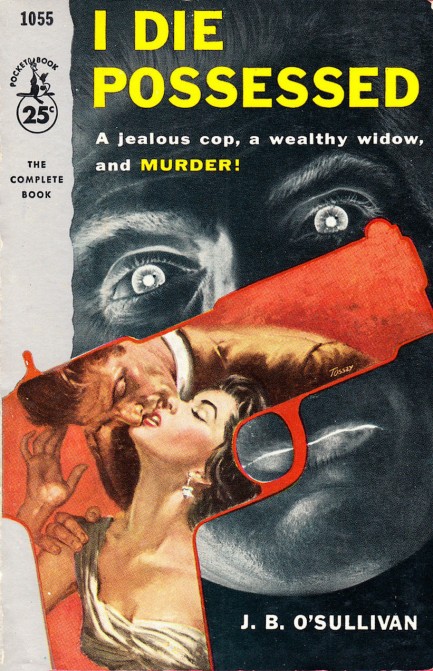
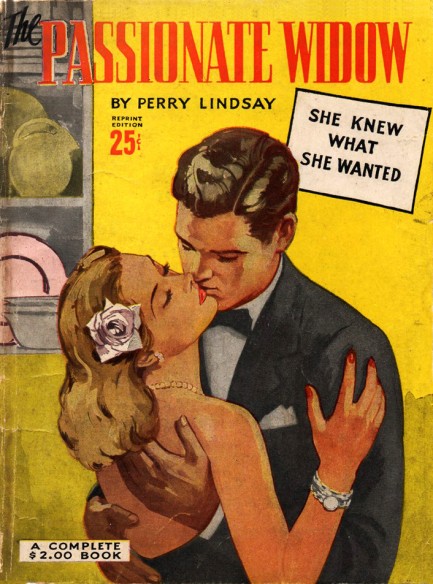
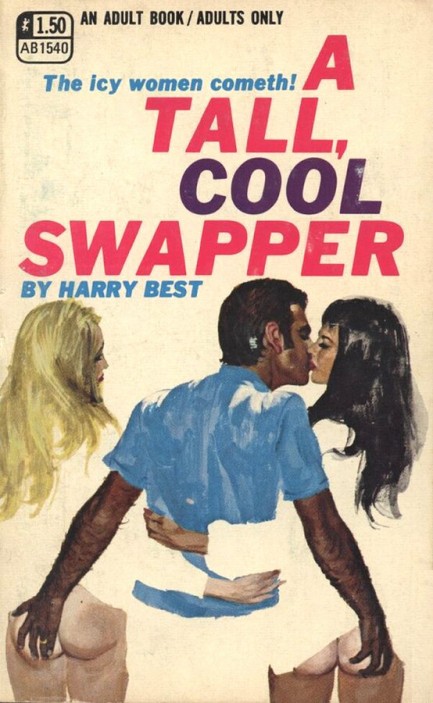
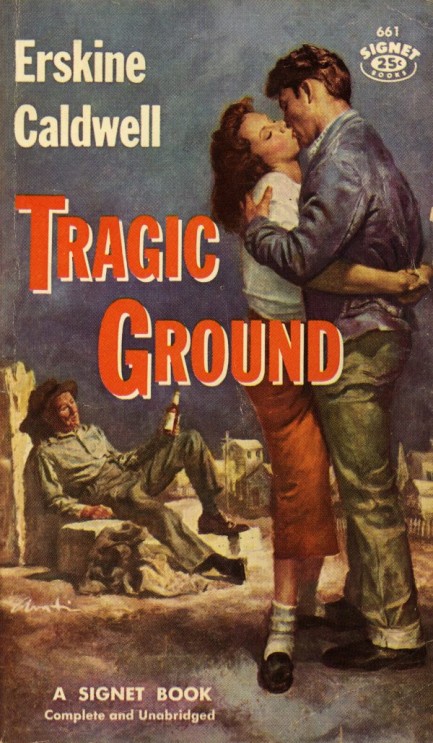
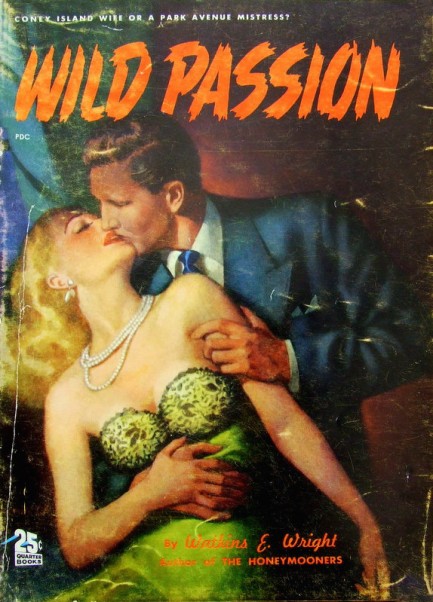
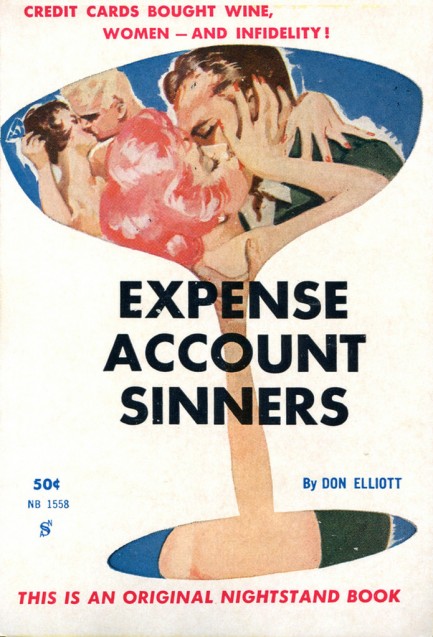
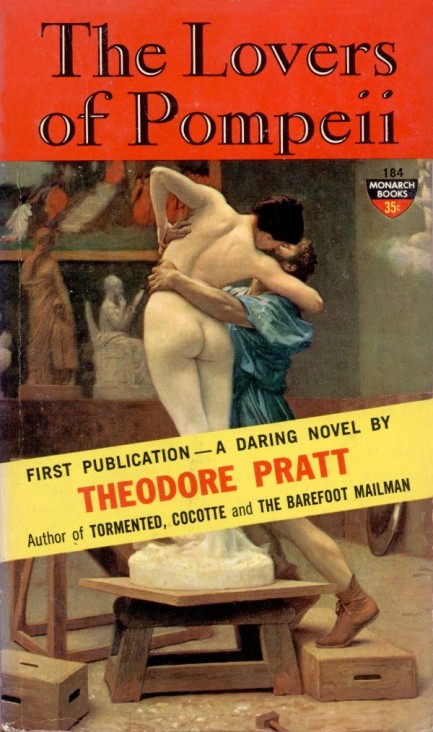

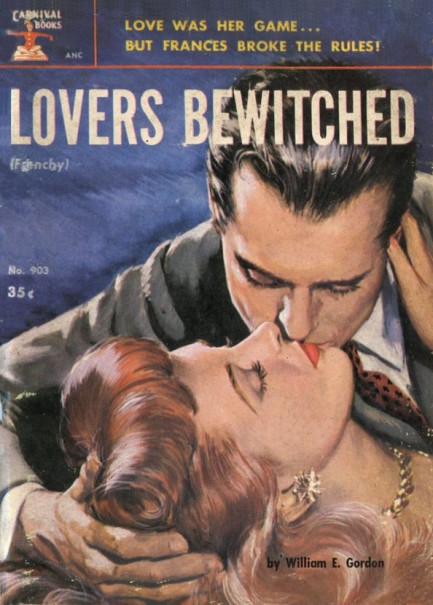
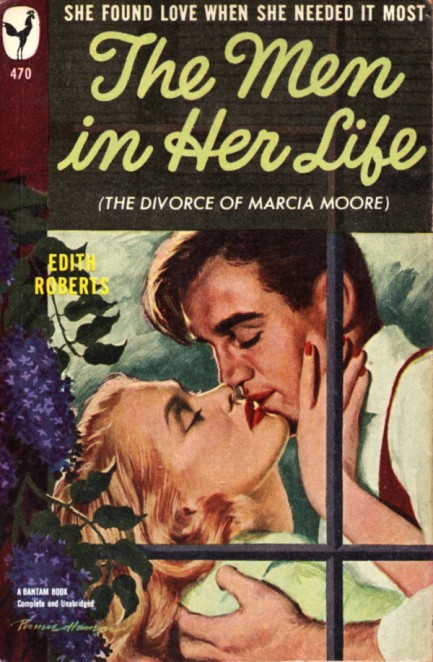
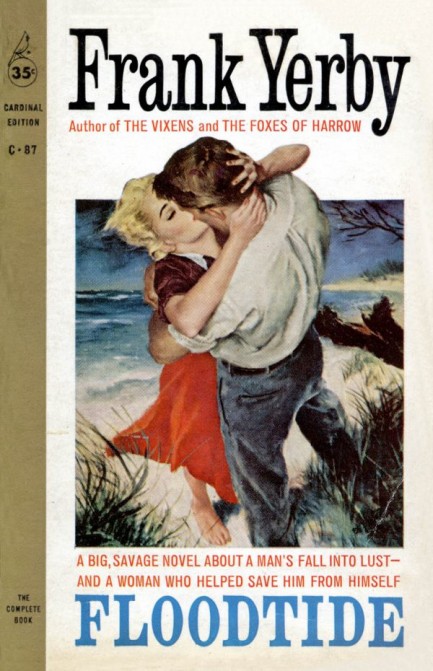
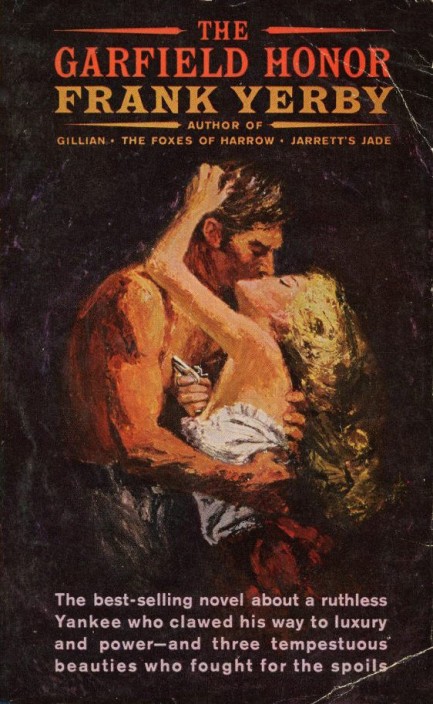
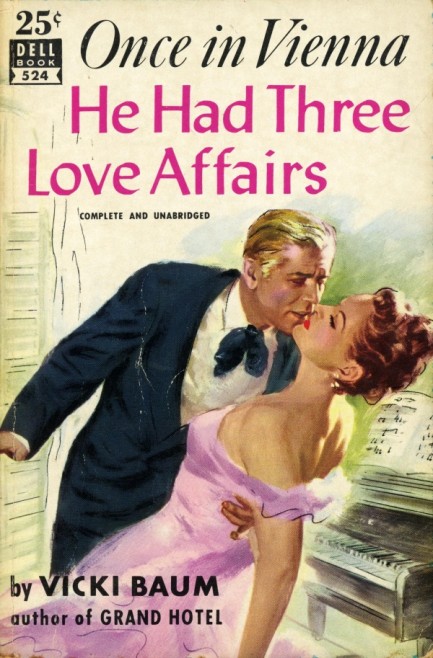
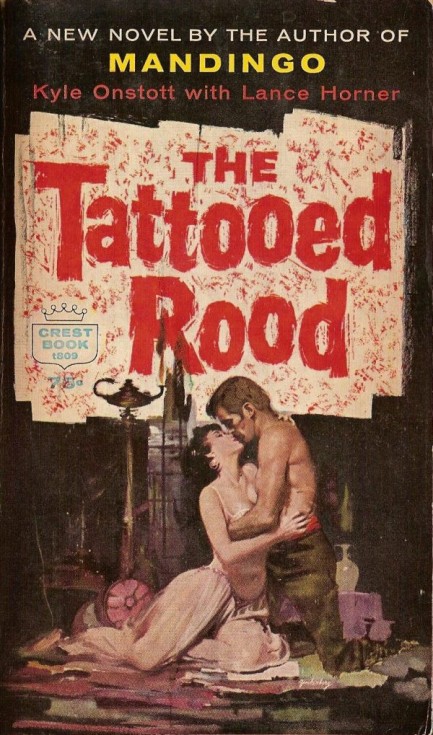
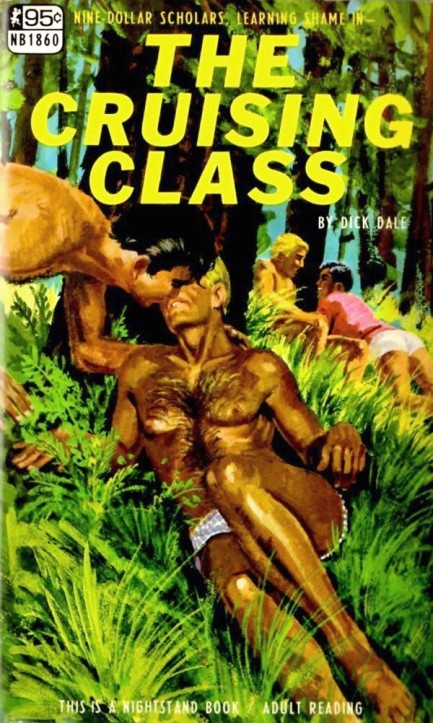
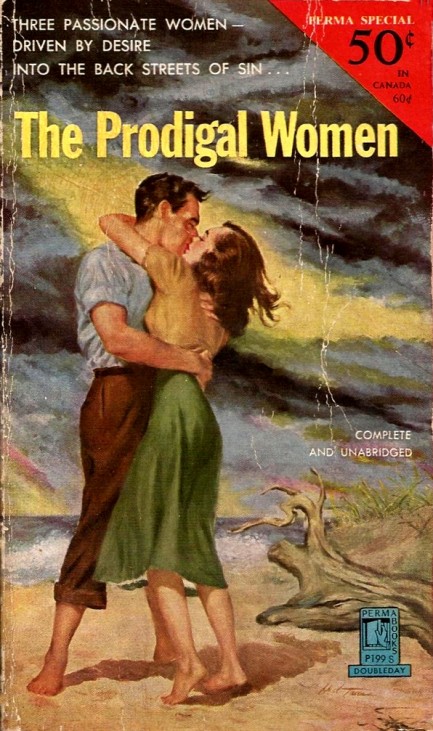
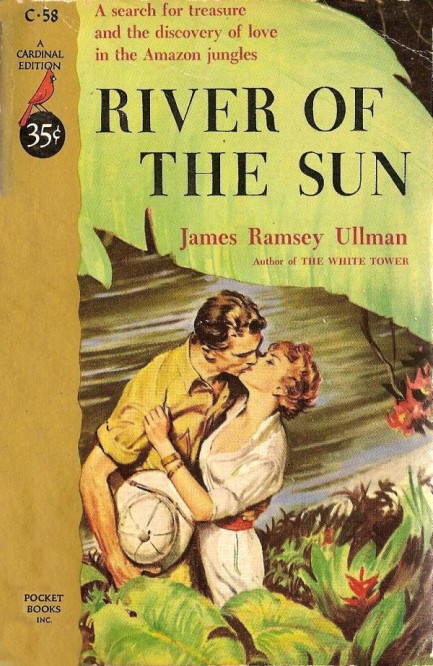
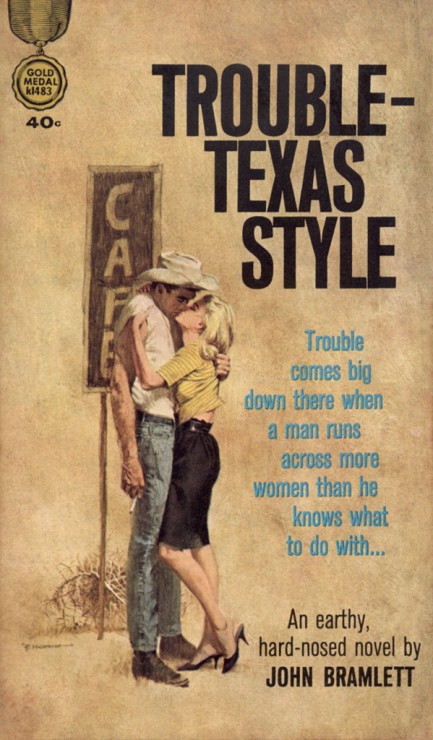
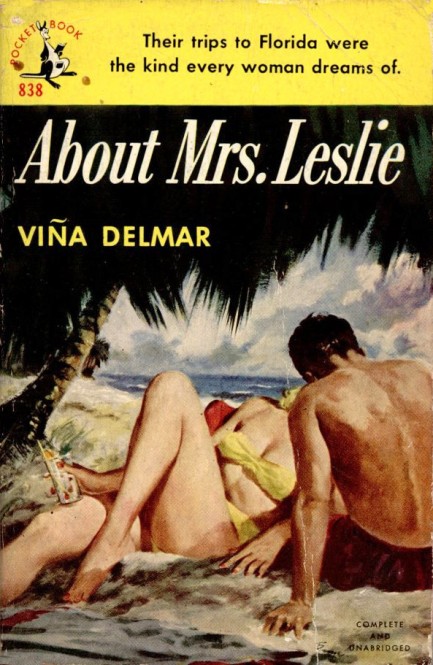

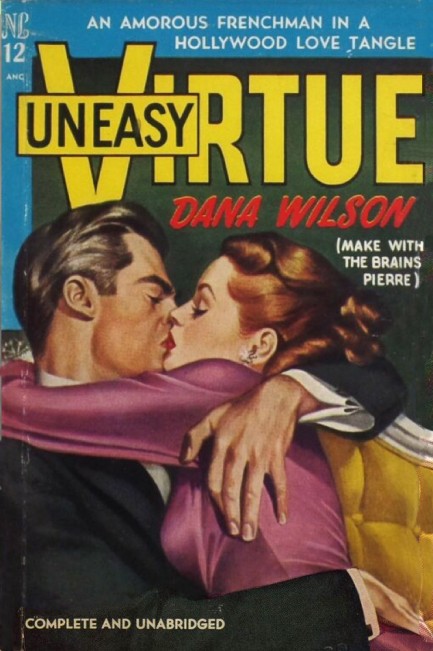
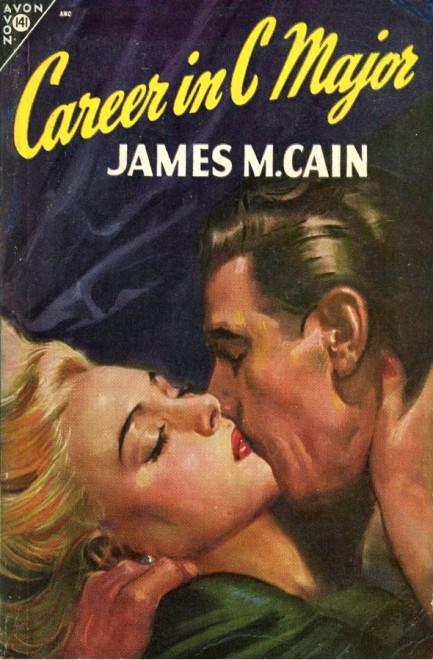
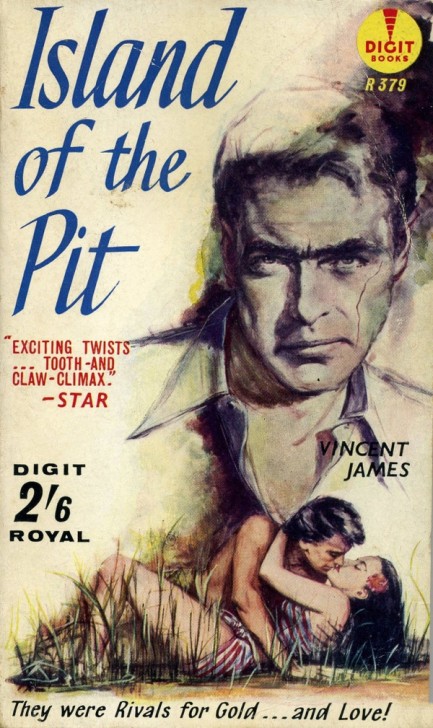
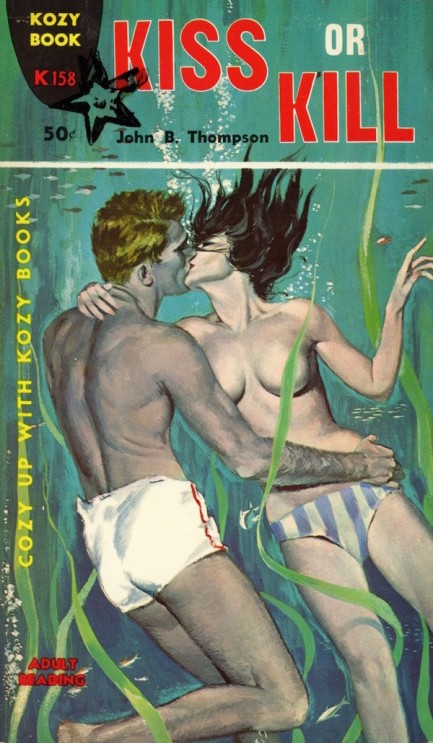
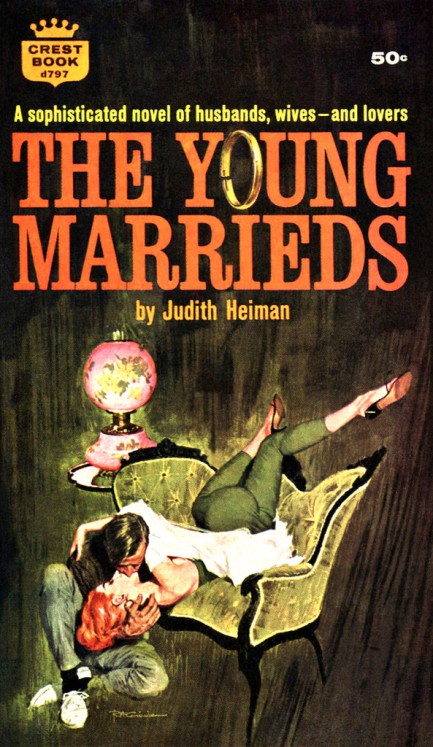
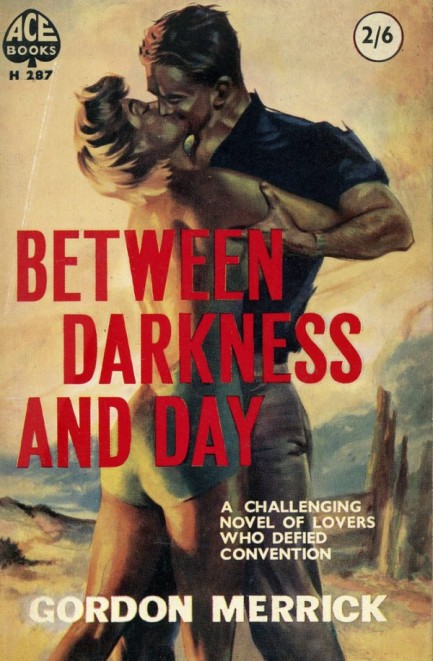

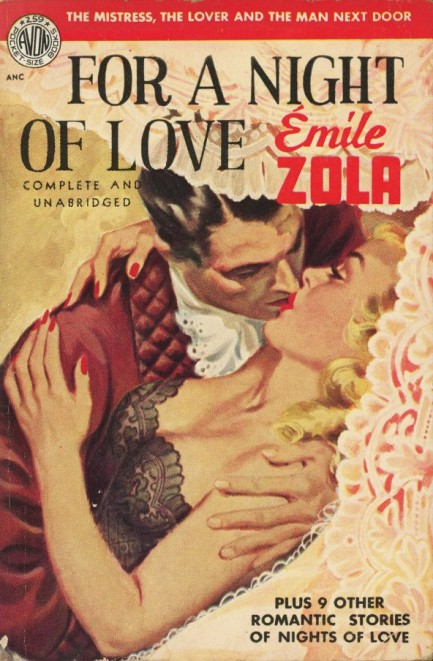
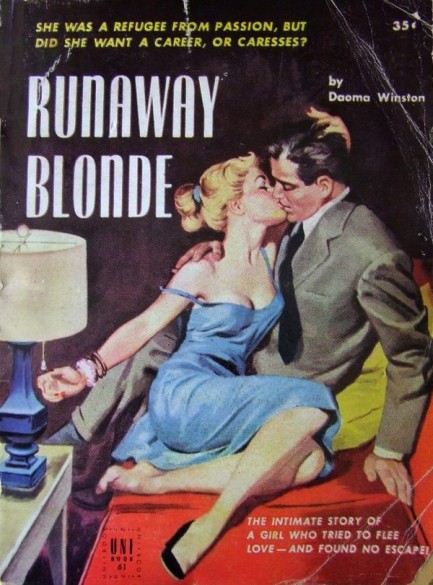

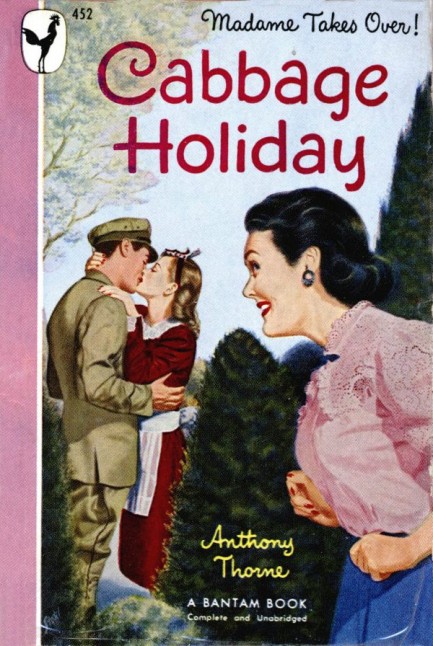
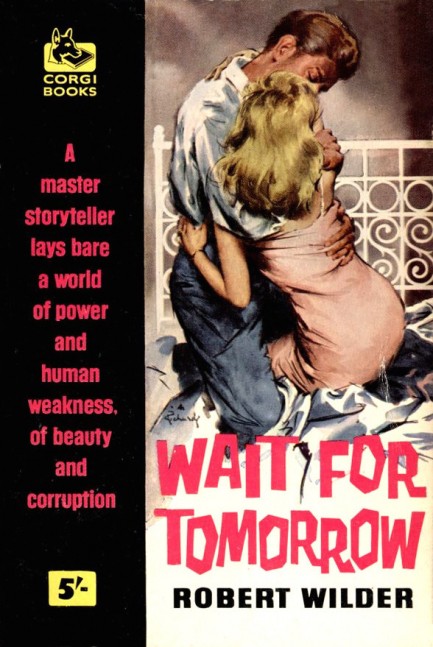
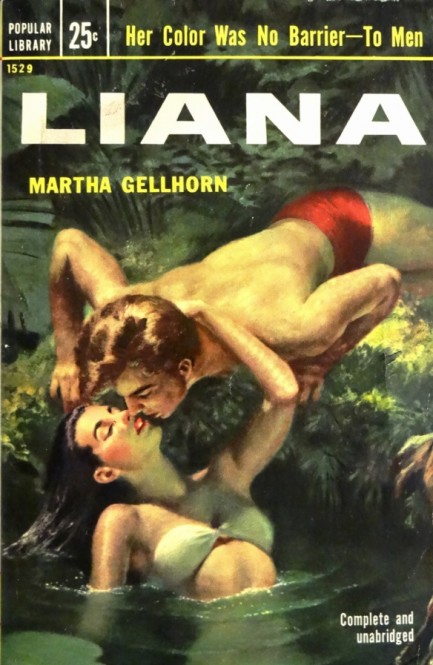
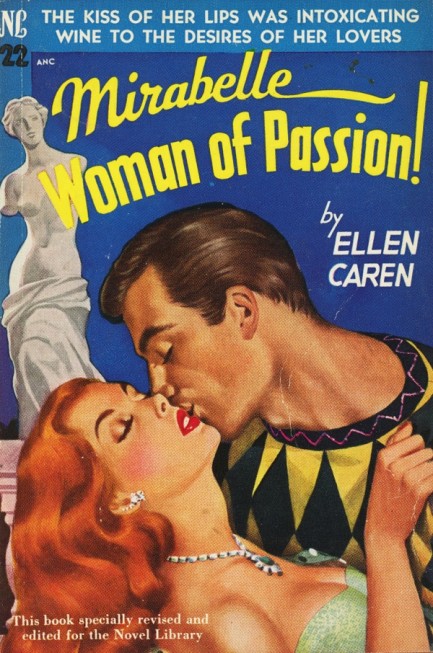

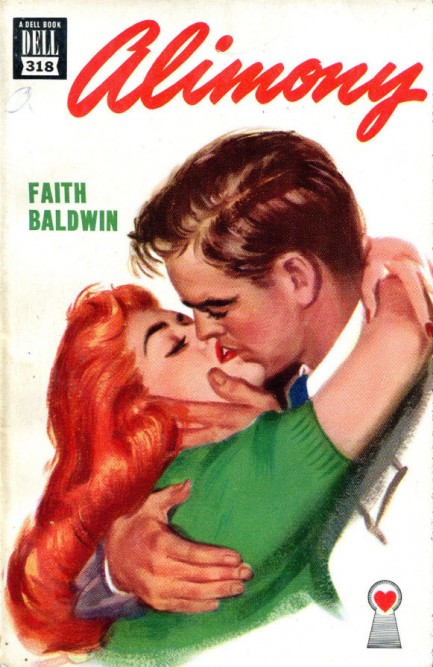


 with these spectacles occurred whenever some college or professional pitcher showed up and thrilled the crowd by nailing these poor guys' heads at high velocity.
with these spectacles occurred whenever some college or professional pitcher showed up and thrilled the crowd by nailing these poor guys' heads at high velocity.





